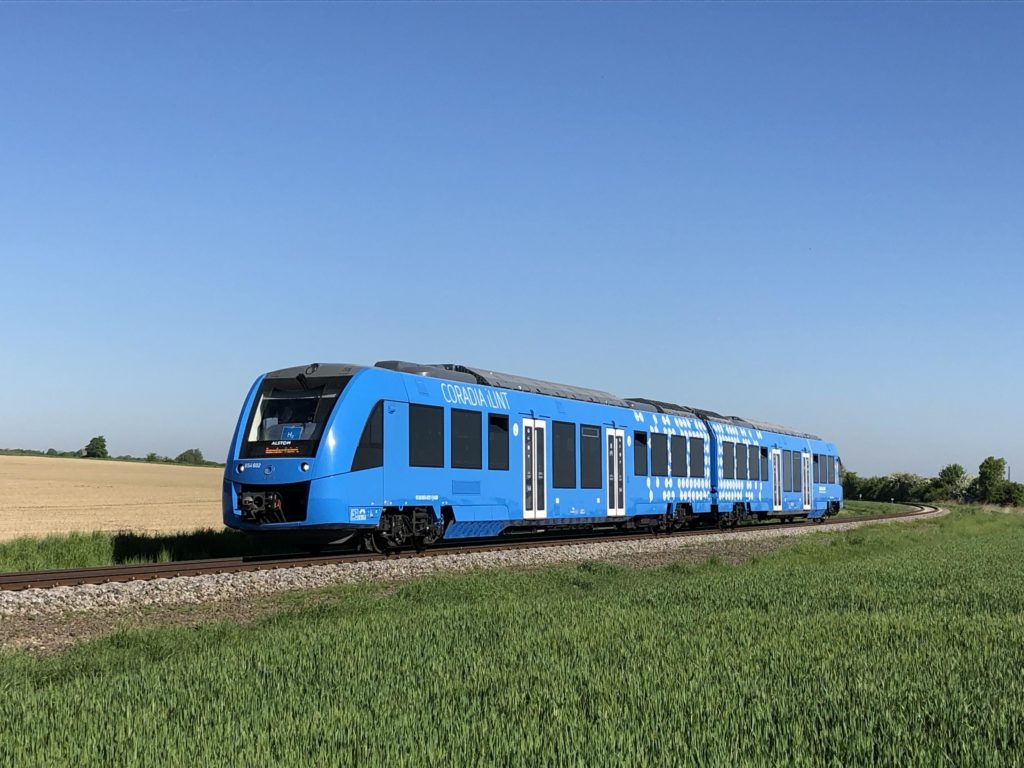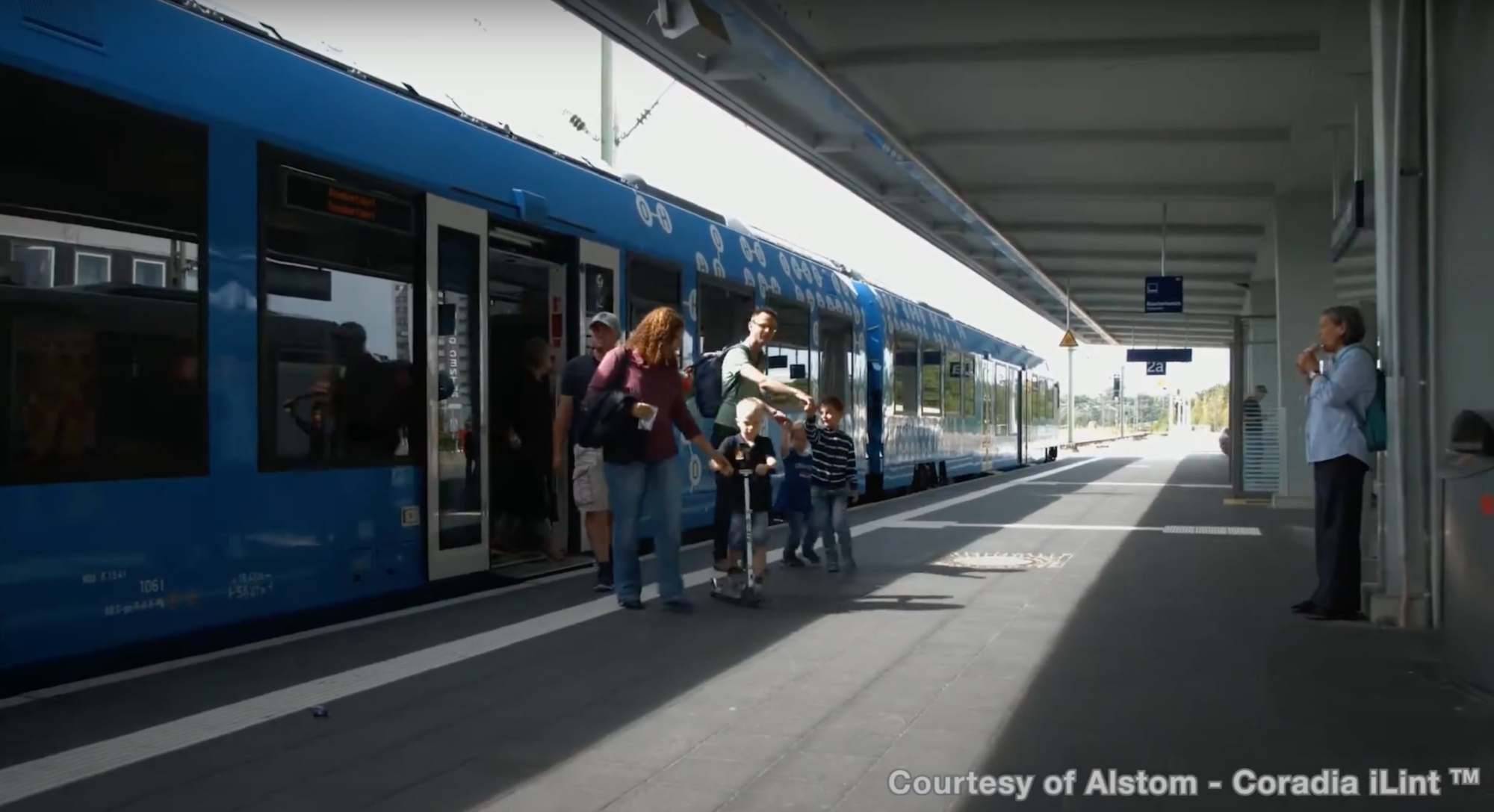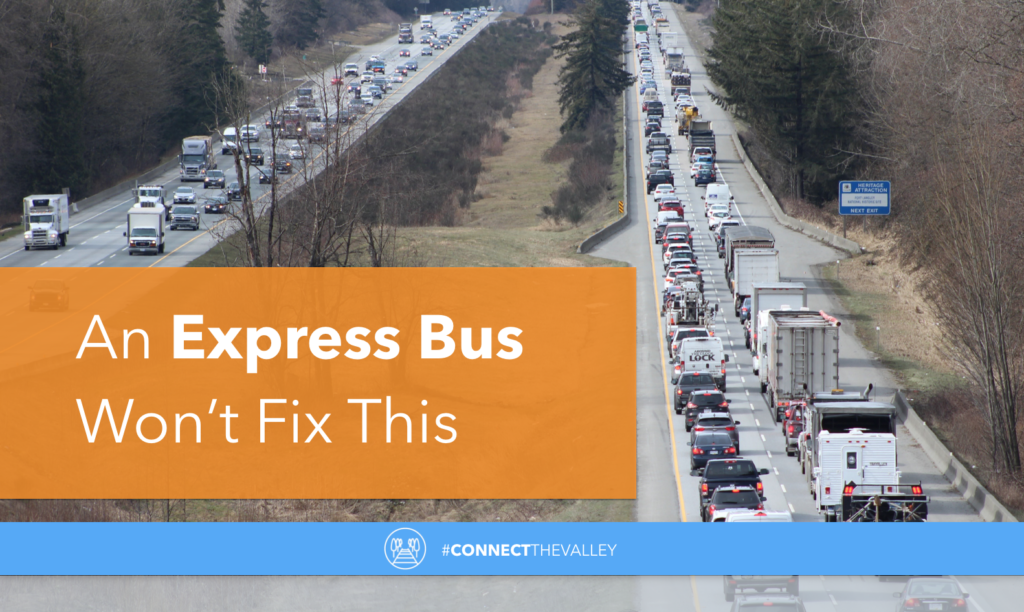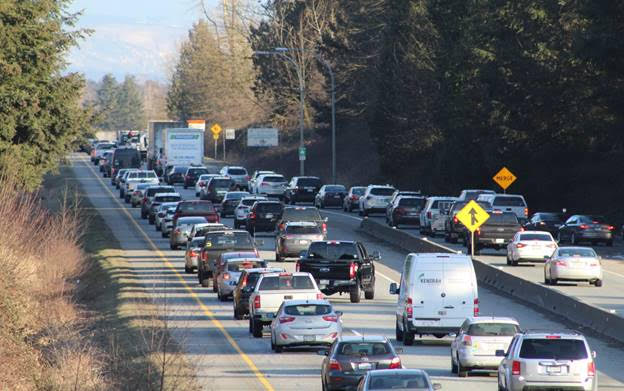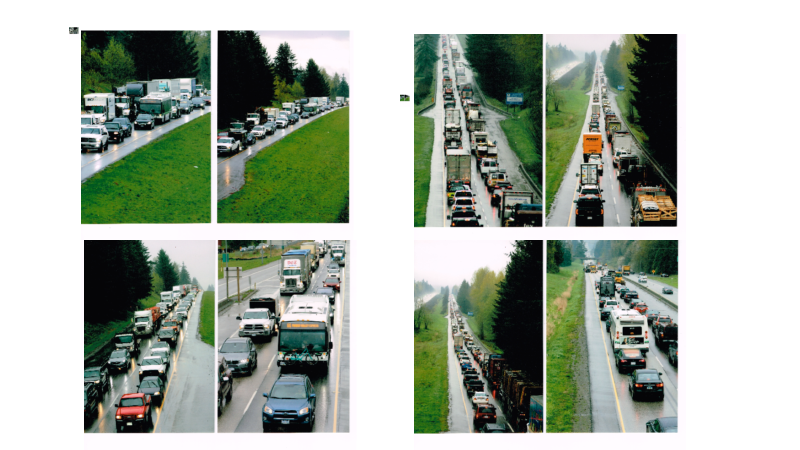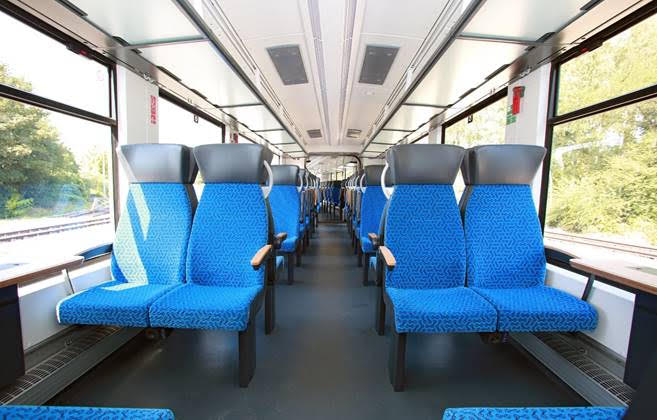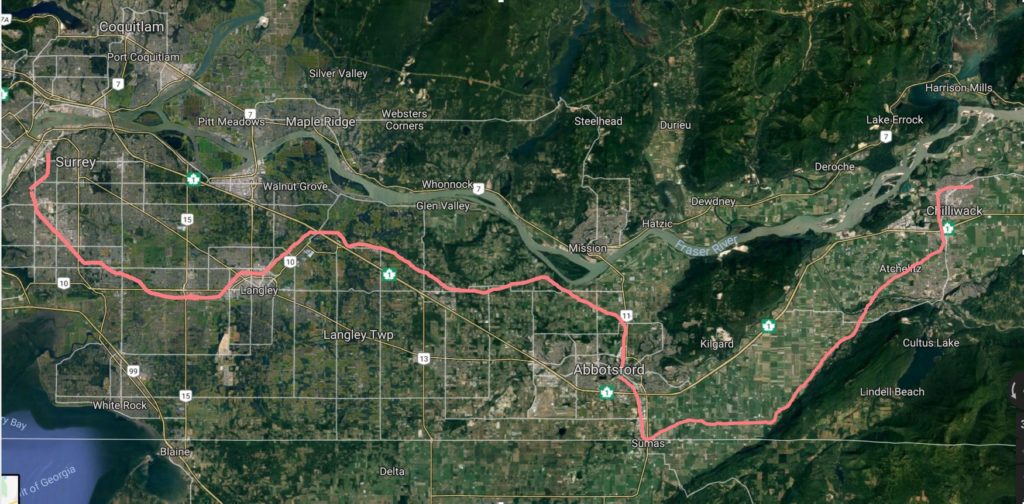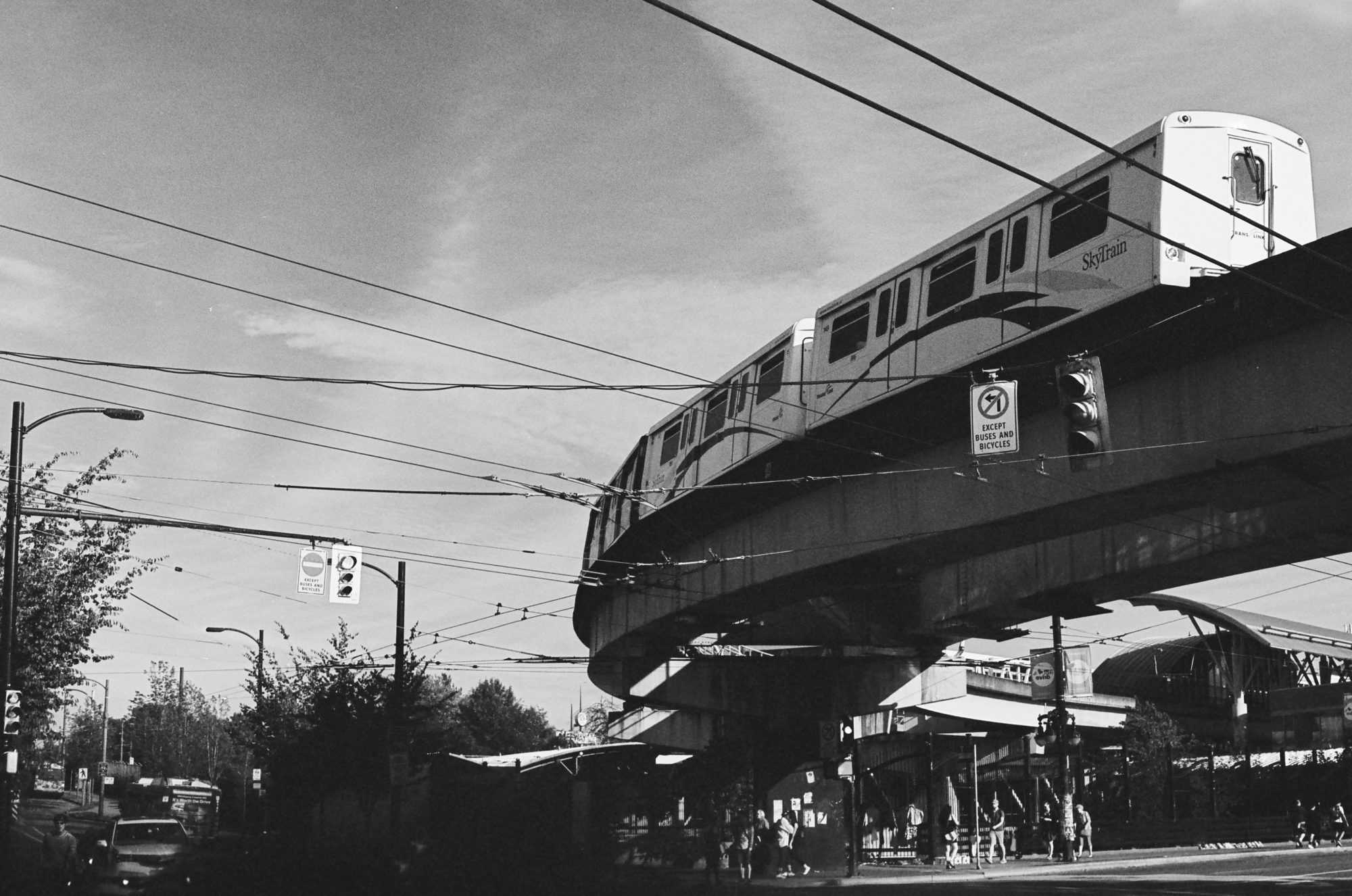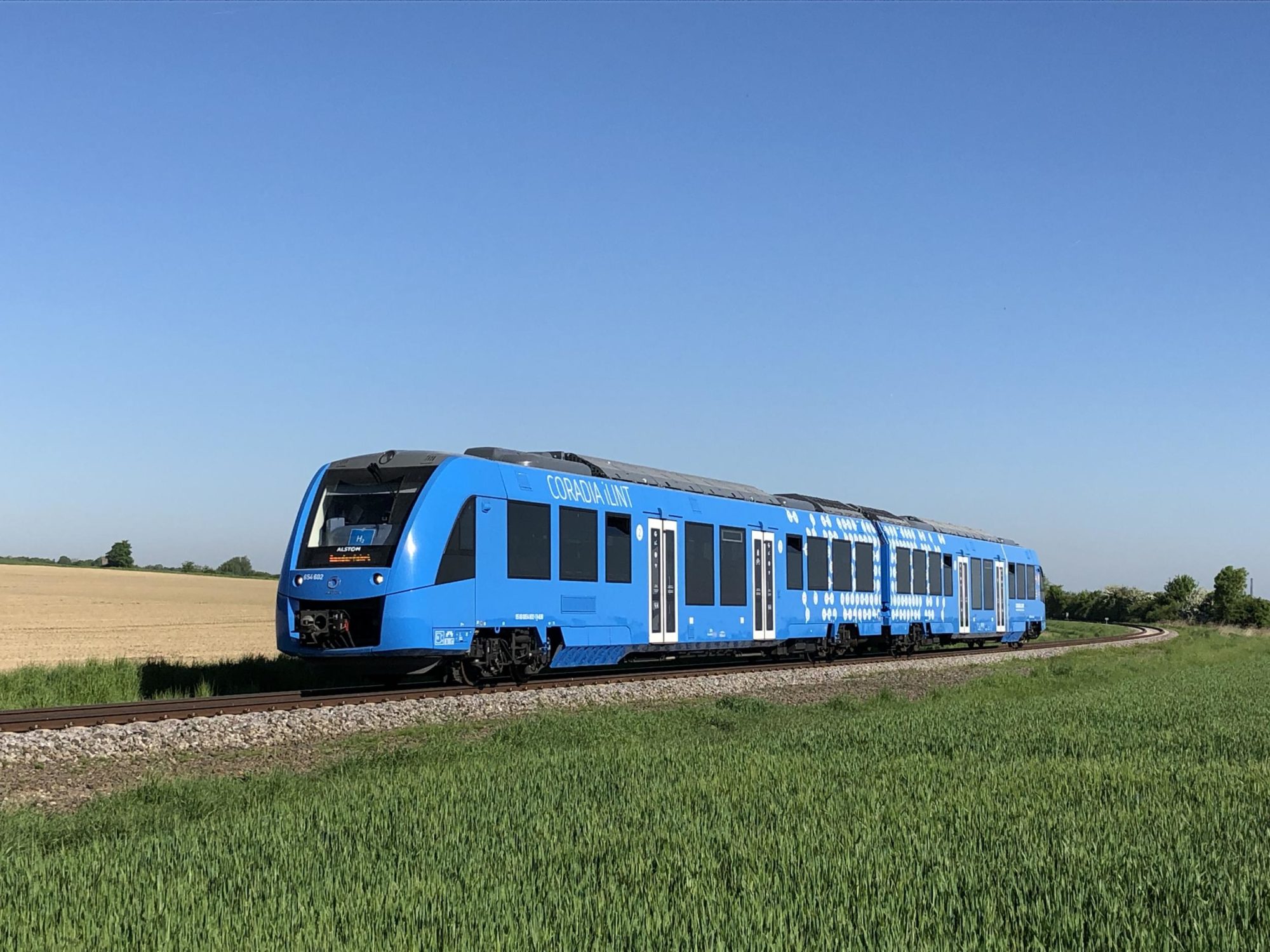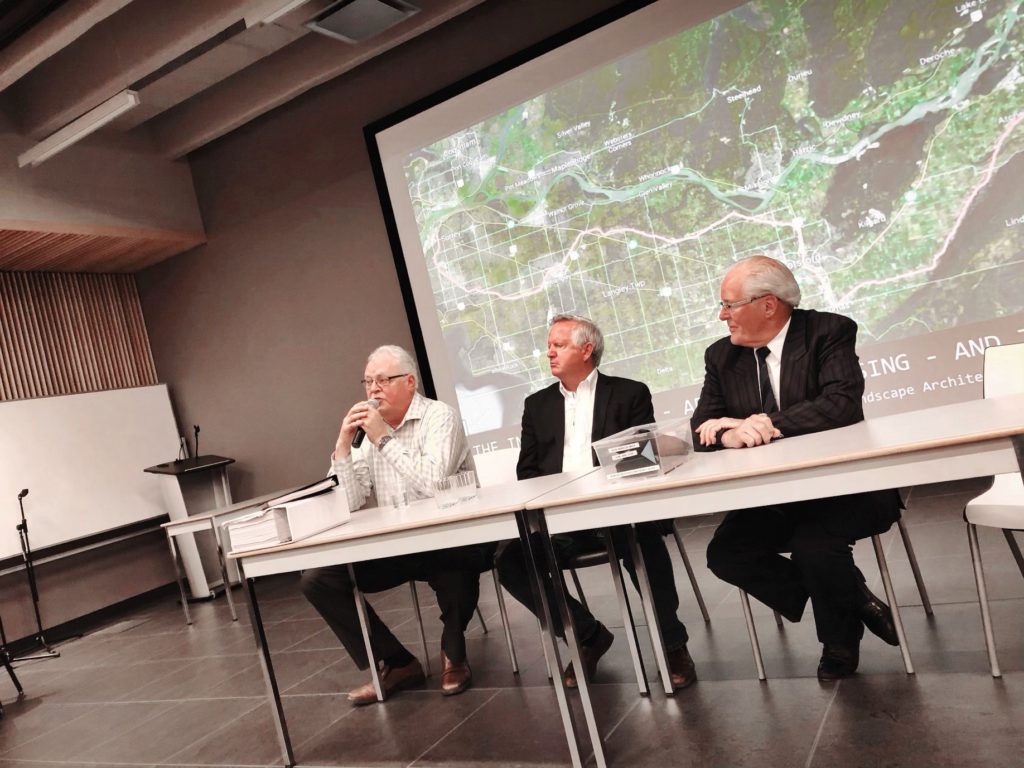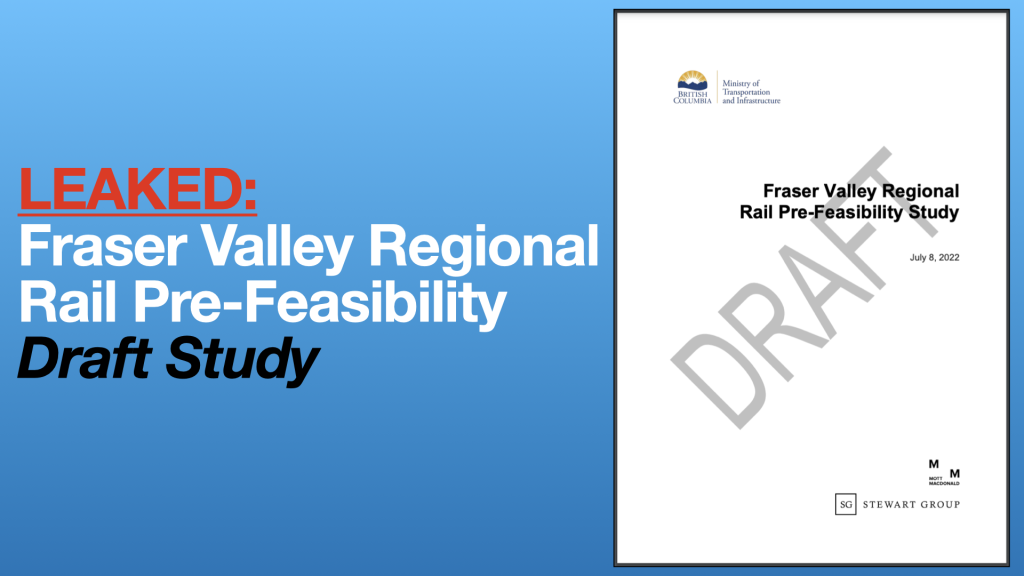
The Good News: Study Supports Passenger Rail Transit South of Fraser. The Bad News: Surrey and North Delta are ignored.
A Freedom of Information request filed on October 30th, 2023, initially due by December 12th, 2023, was extended to January 26th, 2024, and then further delayed to March 11th, 2024. Surprisingly, the draft study was unexpectedly delivered to us in December 2023.
The Good News Confirmed
“Study Supports Passenger Rail Transit South of Fraser”
For two decades, advocates for reactivating the Interurban Corridor have highlighted its significant benefits for the South of Fraser Region. The unanimous endorsement by South of Fraser Municipalities in 2009, the introduction of Hydrogen Rail technology from Canada in Germany in 2017, and an 88% approval rating from the public have significantly heightened interest. The government’s mixed responses have necessitated this press release.
Despite past studies by entities like the B.C. MoT and TransLink, which sought to discredit our findings for their own interests, this study vindicates the South Fraser Community Rail Society (SFCRS). However, it does contain several inaccuracies that need addressing:
The Study Reveals the Following Facts:
- The publicly-owned Interurban Rail Line, with protected passenger rights, is a viable choice for interregional passenger transit from the Pattullo Bridge to Chilliwack, satisfying all criteria.
- Contrary to previous studies, the Interurban Corridor connects all major population centers south of the Fraser, unlike Highway #1.
- Utilizing the Interurban Corridor supports agricultural land preservation and community resilience.
- Over 70% of trips originating south of the Fraser conclude within the same area, a figure now approaching 80%.
- Reactivating the Interurban Corridor as an interregional transit service is the most cost-effective solution for addressing the region’s transit needs.
- This corridor will alleviate some vehicular traffic and congestion on Highway #1.
Important Additional Facts – Necessary Corrections:
- The study’s initial focus was skewed towards the Langley SkyTrain extension, neglecting Surrey and North Delta’s transit needs.
- Ignoring the needs of 351,000 residents in Surrey and North Delta not served by skytrain overlooks the potential economic benefits for the South of Fraser.
- Cost comparisons highlight the efficiency of the Interurban over the Langley SkyTrain expansion: 16 kms of Langley SkyTrain est. @ $5.2 Billion ($325 million per km) vs 99 kms of the Interurban est. @ $1.65 Billion ($16.62 million per km).
- The proposed Mission Rail Connection to the interurban is unnecessary; an express bus service would suffice.
- Current congestion issues and the long timeframe for proposed highway expansions underline the immediate need for rail transit solutions.
- New BC Provincial Government housing legislation is likely to worsen congestion on Highway #1 significantly.
- Connects two new Rapid Bus Transit Routes (King George Blvd. & 200th St).
- A full feasibility study should be initiated immediately with experienced international rail engineering firms.
- Issues regarding double tracking and track conditions are manageable within the existing agreements. These are conditions of maintenance and requirements within their 1988 freight use sales agreement between Southern Rail & CP Rail with B.C. Hydro/B.C. Government.
- The Interurban Corridor offers a publicly owned, cost-effective solution with no need for additional private land acquisitions.
- The study was dated July 8th 2022. 15 months later it has still not released to the public. Why not? What are the next steps? The government has been silent.
The Study’s Background:
Initiated by the SFCRS and discussed with then-candidate, Premier John Horgan, in March 2017, this study, announced in the 2020 Throne Speech, was supported by SFCRS extensive lobbying efforts that have been entirely self funded by the volunteer-run SFCRS, and our generous donors. The SFCRS was identified as a key stakeholder of this study.
Our Request to the Government:
We seek an immediate in-depth meeting with Minister Fleming and staff for post-study engagement. Despite multiple requests, our requests have been postponed, which is unsatisfactory, especially in an election year.
While the draft study illustrates our point as to the merits of community rail for the region, eliminating Surrey and Delta from the study area is of grave concern.
Contact:
Rick Green, President, South Fraser Community Rail Society
Directors: Roy Mufford, Lee Lockwood, Brit Gardner, Scott Thompson, Peter Holt, Gery Warner
(Contact: 604-866-5752)

